
Integrating Sonarr with Home Assistant streamlines the management of TV show downloads, offering a methodical approach for both newcomers and experienced users. This detailed guide is designed to walk you through the entire process, starting from the basics of setting up to embracing advanced features such as the Upcoming Media Card, enriching your Home Assistant Dashboard.
Contents
Disclaimer: Adherence to Legal and Ethical Standards
The guidance provided by Home Assistant Guide focuses on educational purposes, advocating for the respect of copyright laws and the rights of content creators. It's crucial to stress that the guide does not support any form of piracy or unauthorized content distribution, with the onus of responsible use lying on the user.
Sonarr: Your Digital Librarian for TV Shows
Sonarr simplifies the task of tracking, downloading, and organizing TV shows. It interacts seamlessly with both torrent clients and Usenet services, ensuring that your downloads meet your quality preferences and managing any download failures by seeking alternative sources.
The Synergy between Sonarr and Home Assistant
The essence of Sonarr's functionality mirrors the automation and simplification that Home Assistant brings to home management. Sonarr automates the tracking and downloading of TV series, akin to how Home Assistant streamlines various home automation tasks.
What’s New in Sonarr v3?
Sonarr v3 introduced an array of enhancements including a more intuitive user interface, bulk deletion of TV shows, and improved stability with the TVDB API, making the media management experience even smoother while maintaining full compatibility with Home Assistant.
Step-by-Step Integration Process
- Retrieve Sonarr's API Key: Begin by locating the API key in Sonarr's settings.
- Configure Home Assistant: Proceed to integrate Sonarr within Home Assistant by navigating to “Configuration”, then “Integrations”, and adding Sonarr with the necessary details such as API key, host IP, and port number.
- Enable Sonarr Entities: Post-integration, activate the various Sonarr entities to fully leverage its capabilities within Home Assistant.
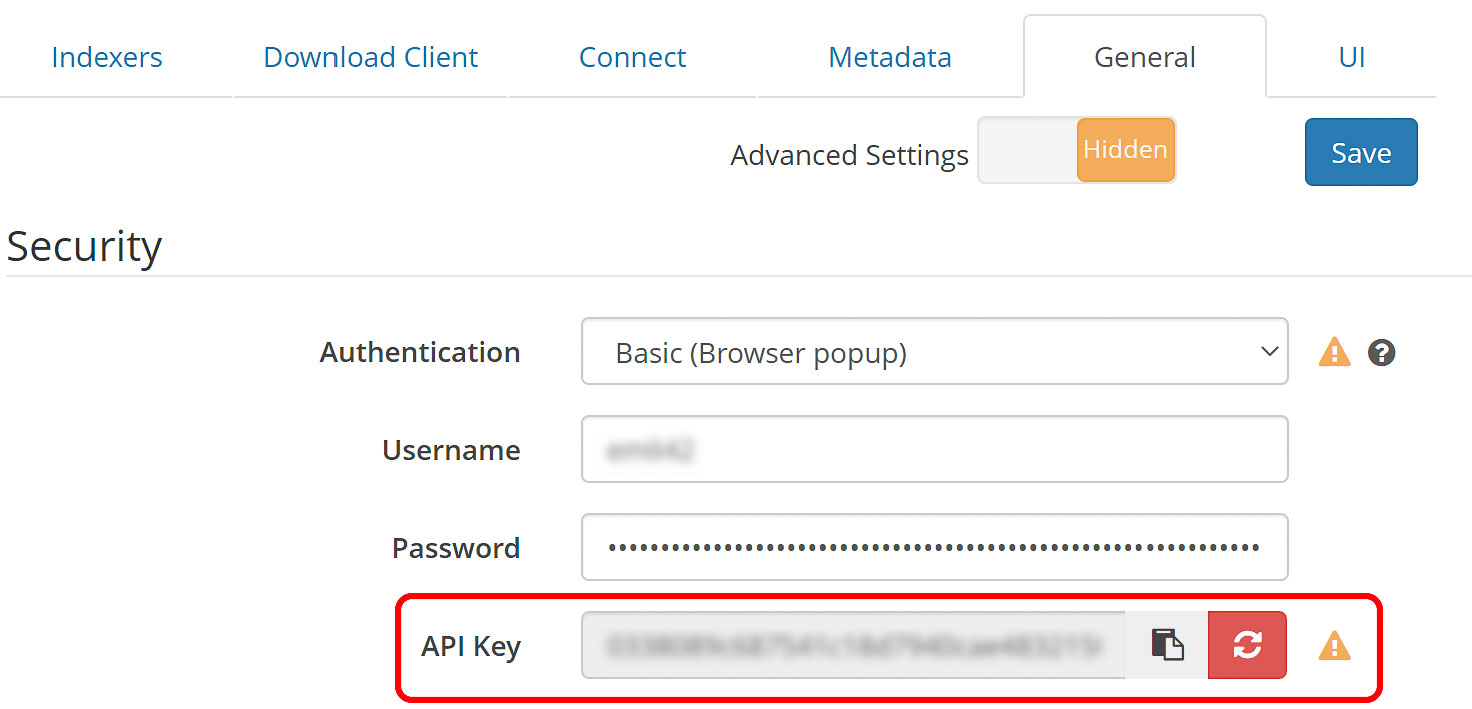
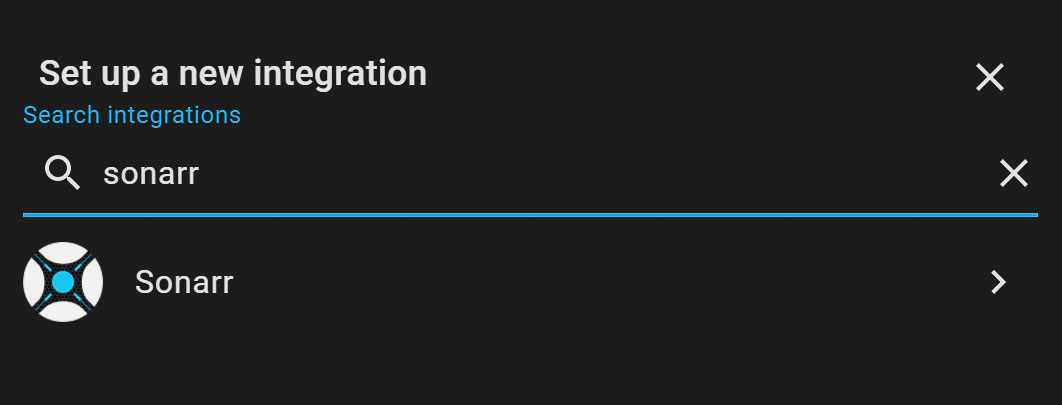
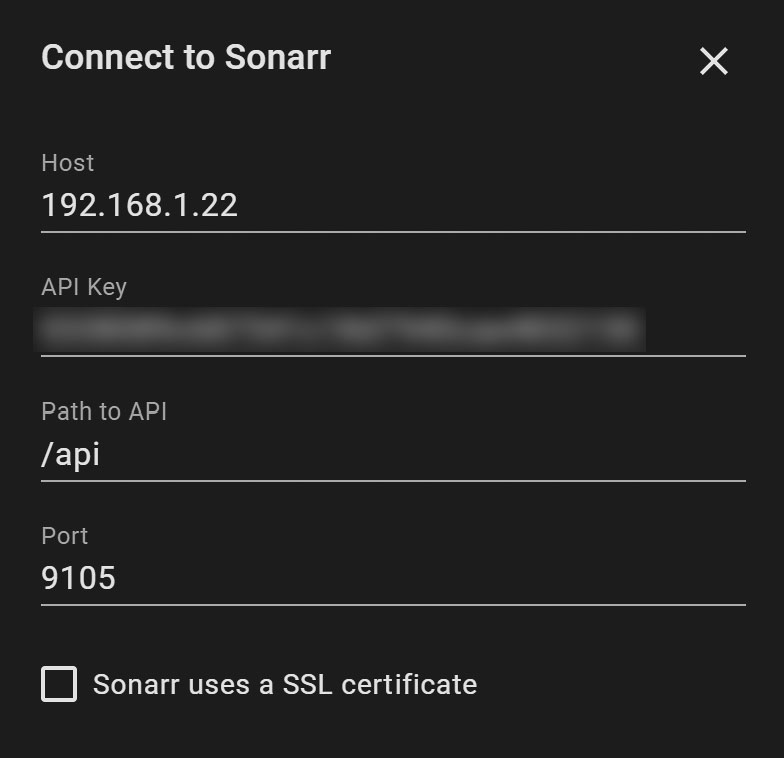
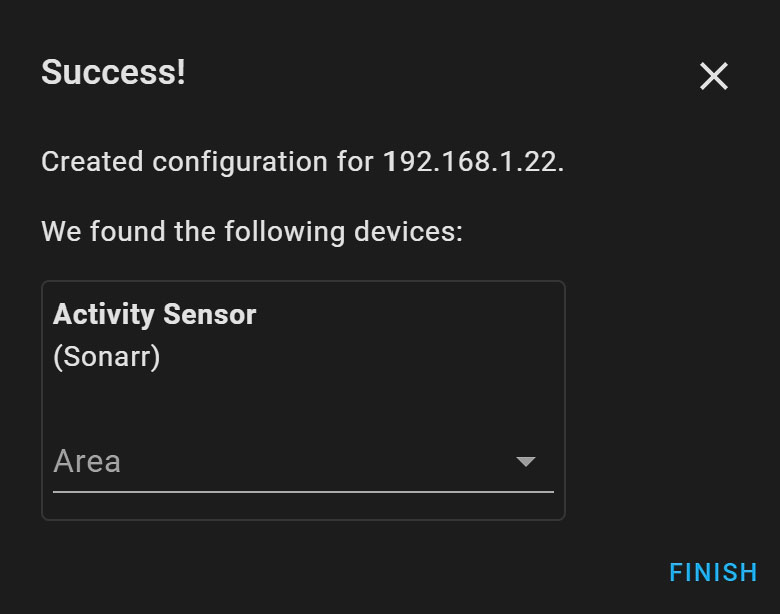
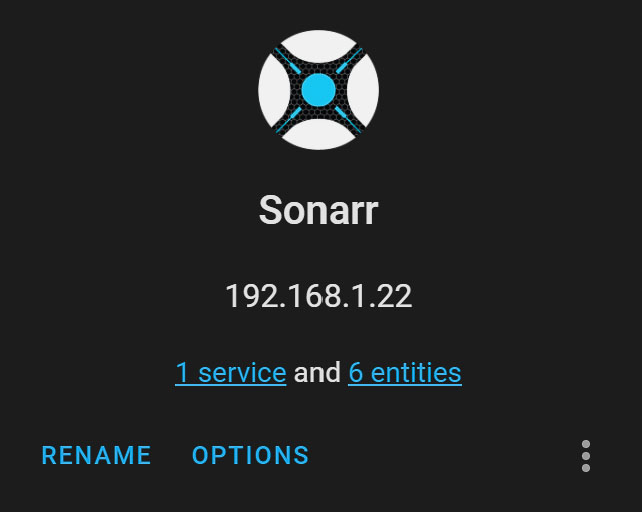
Understanding Sonarr's Capabilities in Home Assistant
By integrating Sonarr, Home Assistant users gain access to a suite of sensors each designed to optimize media management:
- Sonarr Commands (sensor.sonarr_commands): This sensor offers a peek into the current operations within Sonarr, perfect for users who like to keep a close eye on their software's activities.
- Sonarr Disk Space (sensor.sonarr_disk_space): Keeping tabs on disk space usage is crucial, and this sensor is a boon for users looking for a dedicated solution to monitor Sonarr's storage demands.
- Sonarr Queue (sensor.sonarr_queue): This feature provides insight into the episodes queued for download, essential for prioritizing downloads and scheduling.
- Sonarr Shows (sensor.sonarr_shows): For the organized mind, this sensor offers a count and catalogue of the series added to Sonarr, an invaluable tool for content planning and library management.
- Sonarr Upcoming (sensor.sonarr_upcoming): Acting like a personalized TV guide, this sensor lists episodes that are about to be released, ensuring you never miss out on your favourite shows.
- Sonarr Wanted (sensor.sonarr_wanted): This sensor highlights episodes marked as 'wanted', assisting in keeping track of content that's yet to be downloaded.
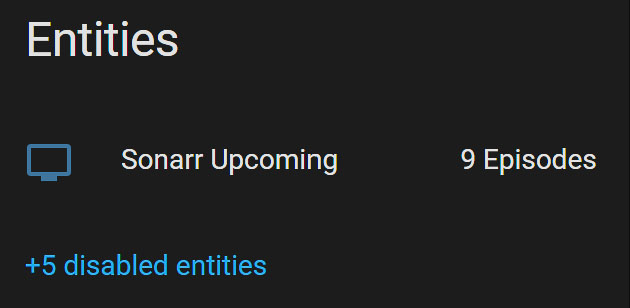
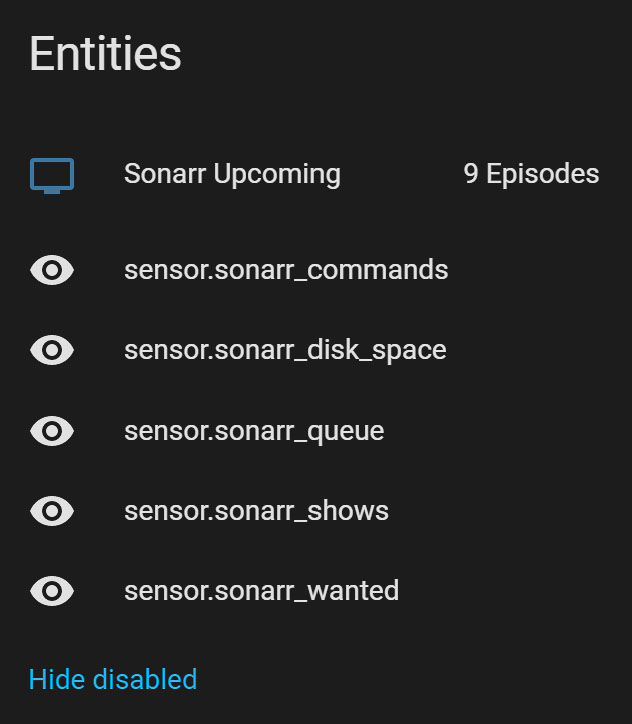
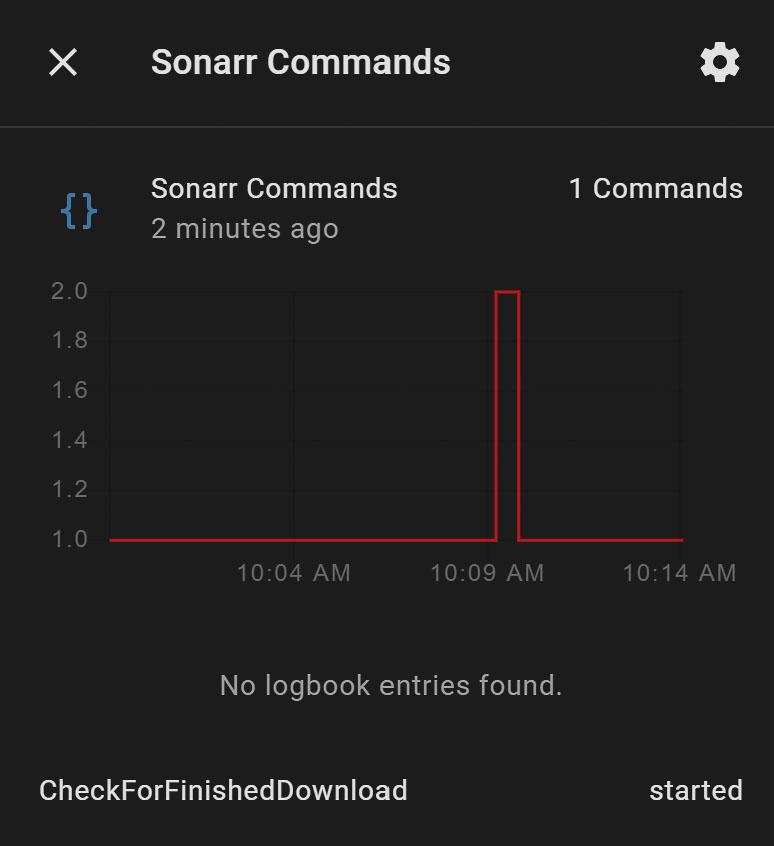

Showcasing Upcoming Episodes on Your Home Assistant Dashboard
By combining Home Assistant, Sonarr, and two custom components, you can display upcoming episodes directly on your Dashboard. The required two components can be installed using the Home Assistant Community Store (HACS):
- Sonarr Upcoming Media: This integration fetches data about upcoming episodes from Sonarr.
- Upcoming Media Card: A customizable card for Lovelace that displays the upcoming episodes' information.
Following the installation, the next step involves configuring the Sonarr Upcoming Media integration through YAML. This configuration is akin to instructing Home Assistant on what information you seek and how it should be retrieved. Here’s a basic template for the YAML configuration:
sensor:
- platform: sonarr_upcoming_media
api_key: YOUR_API_KEY
host: YOUR_HOST
port: YOUR_PORT
ssl: false
days: 7
max: 10Replace the placeholders (YOUR_API_KEY, YOUR_HOST, and YOUR_PORT) with your details to grant Home Assistant access to Sonarr's upcoming episode data.
The real magic happens with the Upcoming Media Card. This is where you have the freedom to express your creativity, customizing the look and feel of how the upcoming episodes are presented on your dashboard. The variables detailed on GitHub provide you with the tools to personalize the card, making it a perfect fit for your setup.
By integrating the Sonarr Upcoming Media with the Upcoming Media Card, you create a unique and informative feature on your Dashboard. This not only enhances the aesthetic appeal of your setup but also keeps you informed about your anticipated TV shows. Dive into this integration and discover the potential to elevate your Home Assistant Dashboard's utility and appearance.

